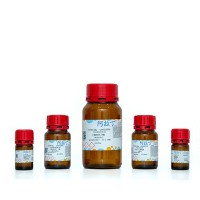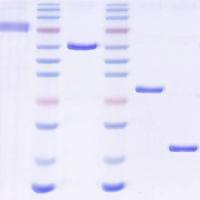Rapid Methods for Detection of MRSA in Clinical Specimens
互联网
569
Antimicrobial susceptibility test methods such as disk diffusion, broth microdilution, and oxacillin screen plate require 24 h of incubation after having the organism growing in pure culture. Rapid and accurate identification of MRSA isolates is essential not only for patient care, but also for effective infection control programs to limit the spread of MRSA. In the last few years, several commercial rapid tests for detection of MRSA directly from nasal swabs and blood cultures have been developed for use in clinical laboratories. Real-time PCR and other molecular tests are gaining popularity as MRSA screening tests to identify patients who are candidates for contact precaution at the time of admission decreasing the risk for nosocomial transmission. These new methodologies have the advantage of a lower turnaround time than that of traditional culture and susceptibility testing and they are capable of detecting MRSA directly from nasal or wound swabs allowing rapid identification of colonized or infected patients. In addition, molecular methods able to detect and differentiate S. aureus and MRSA (SA/MRSA) directly from blood cultures are becoming a useful tool for rapid detection of bacteremia caused by MSSA and MRSA. This review focuses on the procedures for performing testing using rapid methods currently available for detection of MRSA directly from clinical specimens.









